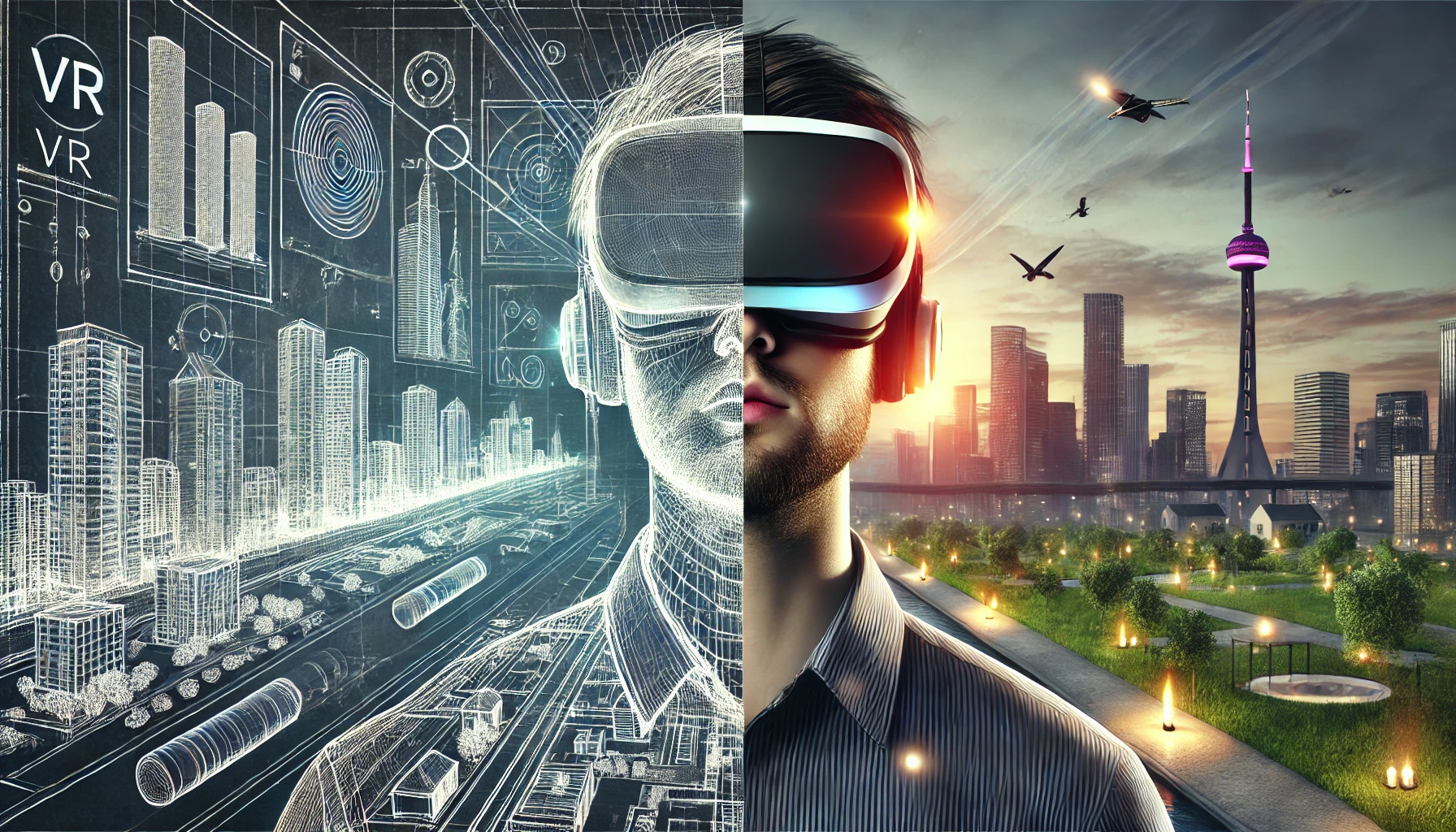Imagine standing in the middle of your community’s next big infrastructure project before a single shovel hits the ground. That’s exactly what immersive technologies like Virtual Reality (VR) and Mixed Reality (MR) can do—transporting you into a three-dimensional, interactive version of future developments. VR places you entirely inside a simulated environment where you can look around and explore as if you were physically there, while MR overlays digital elements onto the real world, letting you see and interact with both simultaneously. This blend of physical and virtual realms holds game-changing potential for community engagement, transforming complex designs and engineering plans into easy-to-understand experiences that spark enthusiasm and informed feedback.
One of the most powerful aspects of VR and MR in community engagement is the ability to simplify complex engineering or design concepts. Instead of flipping through stacks of blueprints or 2D maps, people can experience a space at scale and see how specific changes might impact their everyday life. This is particularly useful when discussing sensitive or highly technical issues, as an immersive environment can make the abstract more concrete. A virtual representation of a new transport system or park design offers instant clarity—residents and stakeholders can see exactly how a plan might look, feel, or operate in real time.
Beyond helping people grasp complex projects, immersive technology holds incredible potential for accessibility and inclusivity. For instance, someone with mobility challenges can explore how new designs accommodate wheelchairs or prams, without physically being there. Or a parent could preview how new playground features will accommodate different age groups. Meanwhile, interactive town guides powered by AR can overlay real-time data—like bus routes, public toilets, or local historical points—onto a cityscape, making navigation and discovery easier and more enjoyable for everyone.
Looking ahead, the integration of VR and MR into the community engagement toolkit could be transformative. These experiences aren’t just “cool tech”—they empower residents to provide richer, better-informed feedback, create empathy through shared experiences, and ultimately lead to smarter, more community-driven outcomes. Whether it’s a future transport corridor, a reimagined public park, or a multi-phase urban development, immersive technology can bridge the gap between imagination and reality, uniting everyone around a common, vivid vision for the communities we share.
